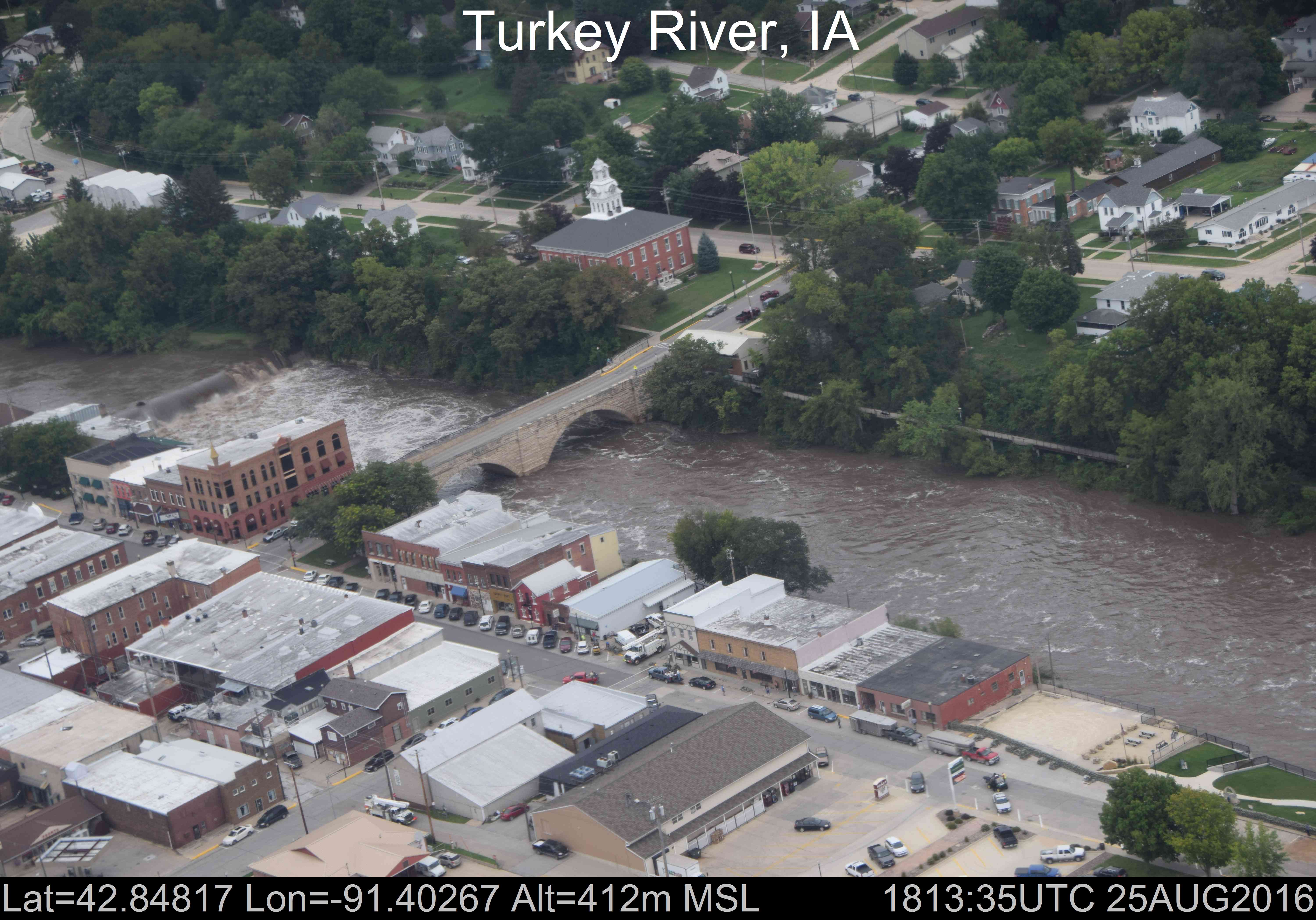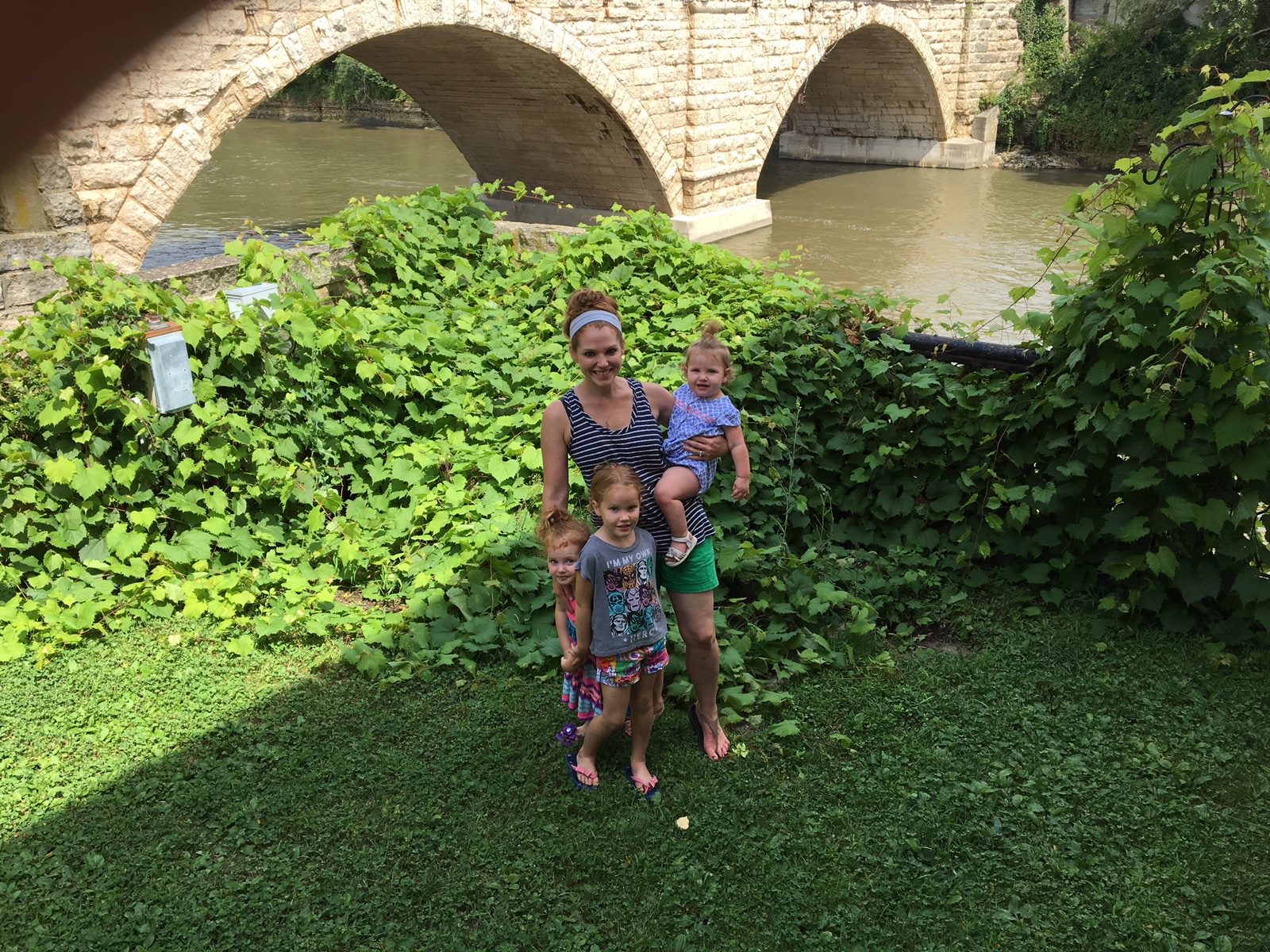Hey, Hi, Hello:
I am the new Science Communications Intern for the Iowa Water Center! I am also the newest contributing author for the Iowa Water Center blog. A lot of new things in my life; however, my interest in water is not new.
Continue readingHey, Hi, Hello:
I am the new Science Communications Intern for the Iowa Water Center! I am also the newest contributing author for the Iowa Water Center blog. A lot of new things in my life; however, my interest in water is not new.
Continue readingWhen Gabriele Villarini heard the news that he had been chosen to receive the American Geophysical Union’s James B. Macelwane Medal, this normally unflappable researcher got pretty excited.
Continue readingThe Iowa Water Conference Planning Committee invites researchers from around the state to submit an abstract to present at the 2017 Iowa Water Conference in the Current Research track.
Continue readingFunding alert – the National Institutes for Water Resources in conjunction with the US Geological Survey has issued their call for proposals for the 2017 104(g) National Competitive Grants program.
Continue readingWritten by Melissa Miller, Associate Director of the Iowa Water Center
It’s that time of year again. Everywhere I go, I get questions about the Iowa Water Conference. Here are a few of the recurring questions:
What’s the theme this year?
Watershed Management: Partnerships for Progress
Is the agenda filled up?
You bet – chock full. We’re going to release it as soon as we’ve fine-tuned the last few details.
Can I still submit abstracts?
We do have ONE track that we’ve left unfilled on purpose. The Current Research track will have an open call this January. We plan for this track to have nine 30-minute spots available. Keep an eye open for that call – it won’t last very long, as we’ve had a lot of interest! If you don’t get selected, we certainly encourage you to submit a poster.
And my favorite question to answer: What’s new for 2017?
Last year is going to be hard to top, but we’re trying. The conference committee carefully considers your comments and evaluations each year and makes little tweaks here and there. Some highlights from 2017 to look forward to:
-The addition of the Iowa Chapter of the American Fisheries Society to the conference. We have several fisheries related talks that will appear in the main conference program, as well as a special track that will serve as their regular spring conference.
-Bringing back the evening reception. We will host a networking social hour on Wednesday evening in Scheman featuring an exhibit titled, “River Stories: Views from a Watershed.” This is a photo exhibit detailing stories created by women farmland owners in the Raccoon and Des Moines River valleys.
-A time for panel presentations. To cap off the first day breakout sessions, we will have a full hour for four concurrent panel presentations to encourage discussion and collaborative thinking.
-Optional workshop: Prairie STRIPS. The STRIPS team is working on developing a two-hour workshop on implementing this beautiful and effective water management practice.
–Spirit of the Water Essay Contest. With thanks to a generous donor, the Iowa Water Center is holding a writing contest for students in the state of Iowa in high school, college, or graduate school. Entries are being accepted through February 1; visit our website for more details.
This is all in addition to the perennial block of excellent plenaries, breakouts, award presentations, photo contest, networking, Scheman sticky buns, posters, exhibitors, and more! Look for the full agenda to be released next week and registration to open in January (we’ll announce the date on social media and email our subscribers).
Black Hawk Lake is an important recreational resource in Iowa. Recently, the lake has had high levels of algae and turbidity. High levels of algae is problematic because it inhibits the natural function of aquatic ecosystems. Turbidity, or the suspension of particles within a water body, also has a negative impact on water quality. The cloudiness within water systems can affect light penetration and can also reduce the volume water systems can hold, and therefore, reduce the space that aquatic habitat can live in. With support from Iowa Department of Natural Resources and other funding sources, such as the Iowa Water Center, we are monitoring the water quality at three sites in the Black Hawk Lake watershed. This is with the goal of determining the effectiveness of strategies used to address the algae and turbidity problems.
Continue readingWhen I joined the Iowa Water Center in 2012, my worst kept secret was that I had very little experience in water-related research, outreach, or education. My undergraduate degree is in kinesiology from Iowa State University. This in itself is misleading because my focus was in community and public health. I never took a biomechanics or exercise physiology course. I wasn’t a scientist, and I certainly wasn’t a water scientist.
Continue readingAnswering a speaking request from the Nebraska Natural Resource Districts, I delivered a talk last week in Central Nebraska. Kearney, Nebraska to be more exact. Kearney is located deep into the irrigated area of the Great Plains, and so I wondered a little – actually more than a little – why this group would be interested in my focus area of soil erosion. More specifically, why they would be interested in hearing about our Iowa State University project called, The Daily Erosion Project.
Continue readingHanna Bates joined the Iowa Water Center at the end of August as the Program Assistant. In this position, she will administer our grants program, assist in planning our education and outreach events, and assist in facilitating the relationship between water-related researchers and the public.
Continue readingFrom Melissa Miller, Iowa Water Center Associate Director
What a difference a week makes. Last Friday, my family and I made a lunch and relaxation stop in Elkader on our way to Wisconsin for a weekend getaway. My girls love water, so we walked over the Keystone Bridge for a good look.

Hana, 3, and May, 5 pose near the Turkey River in Elkader on 8/19/16.
Just a week later, Elkader and other Northeast Iowa residents are dealing with severe flooding from torrential downpours earlier in the week that dumped as much as 8″ of rain in some areas, causing damage to homes, businesses, and even killing one person swept away in the flash floods. Some residents had to evacuate their homes and take shelter elsewhere (including fish!). The water that makes these communities peaceful, beautiful places to live and visit can also pose severe challenges.

Flooding of the Turkey River in downtown Elkader as taken by NOAA’s National Operational Hydrologic Remote Sensing Center’s Airborne Snow Survey airplanes.
This storm is a solemn reminder of the power of water and the importance of studying it. Our seed grant RFP will be released soon, and this year we are partnering with other Water Resources Research Institutes in the Mississippi and Ohio River Basins to share knowledge so that we’re advancing our understanding together. In addition, the Iowa Watershed Approach has already begun work in communities to help address flood and water quality risks and increase community resiliency to events like the ones this week. Related to flooding, up-to-date flood information is available through the Iowa Flood Information System (IFIS).
IWC’s overarching goal is to improve management of water resources. “Management” might not be the best term, because in many cases, water (and nature) does what it will. There’s a parallel between “managing” water and “managing” children – no matter what you want out of it, the true nature of the water (and the child) will always rise up.

One of many attempts at a “nice” family picture at the Keystone Bridge. Getting kids to look at the camera with serene smiles can be as difficult as telling a river or a rain cloud exactly where to run or when to empty.